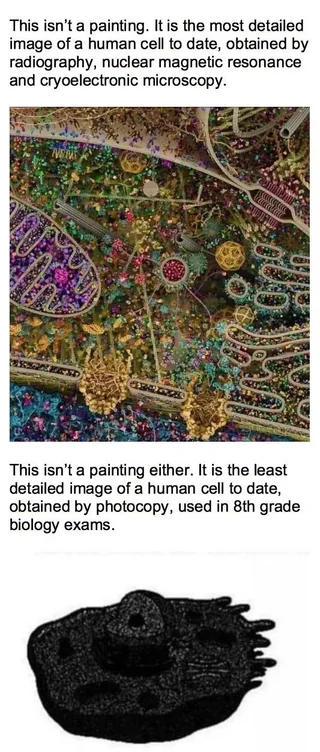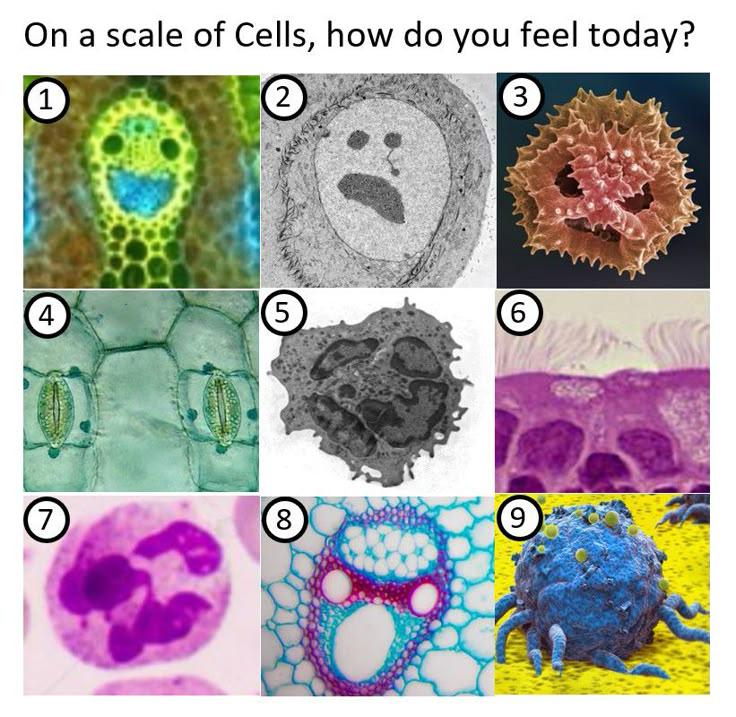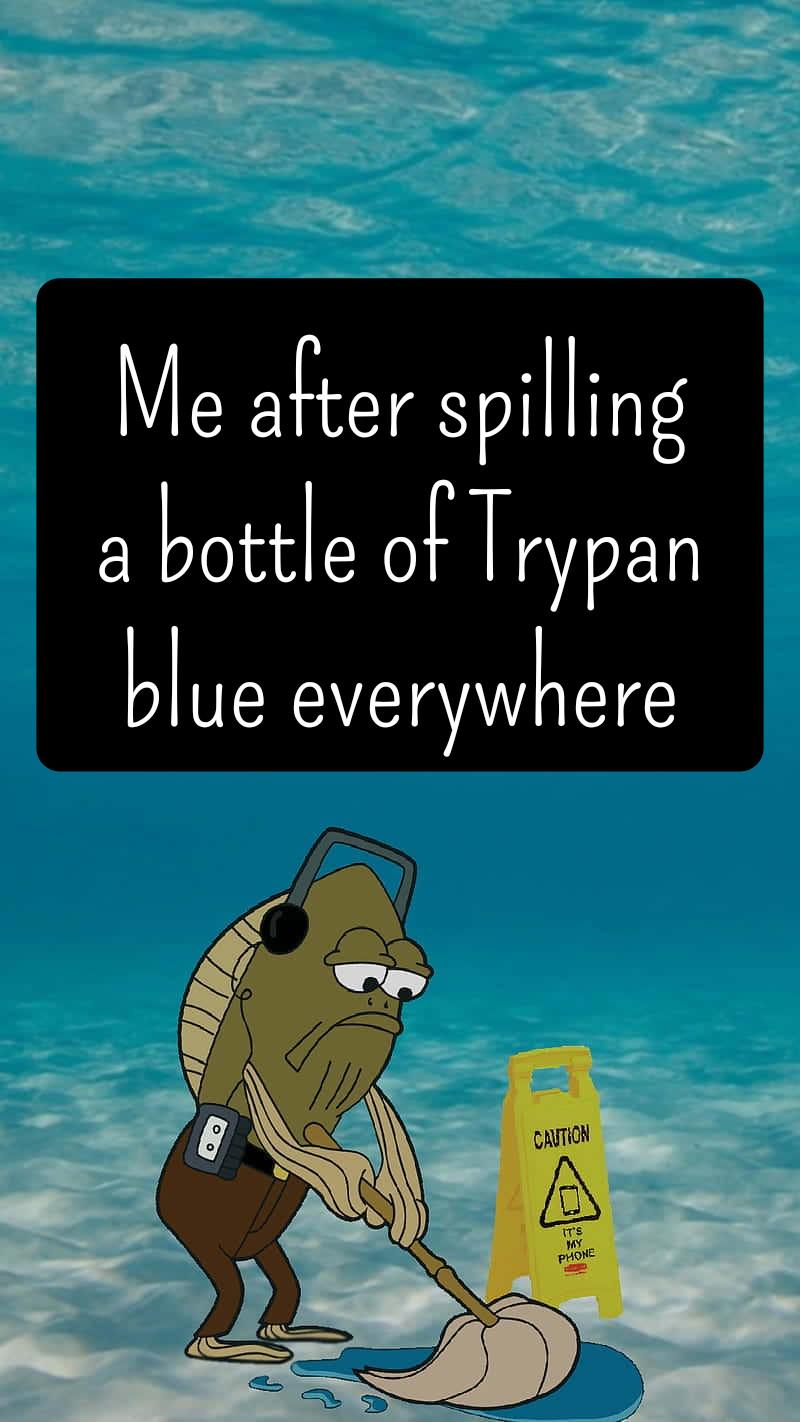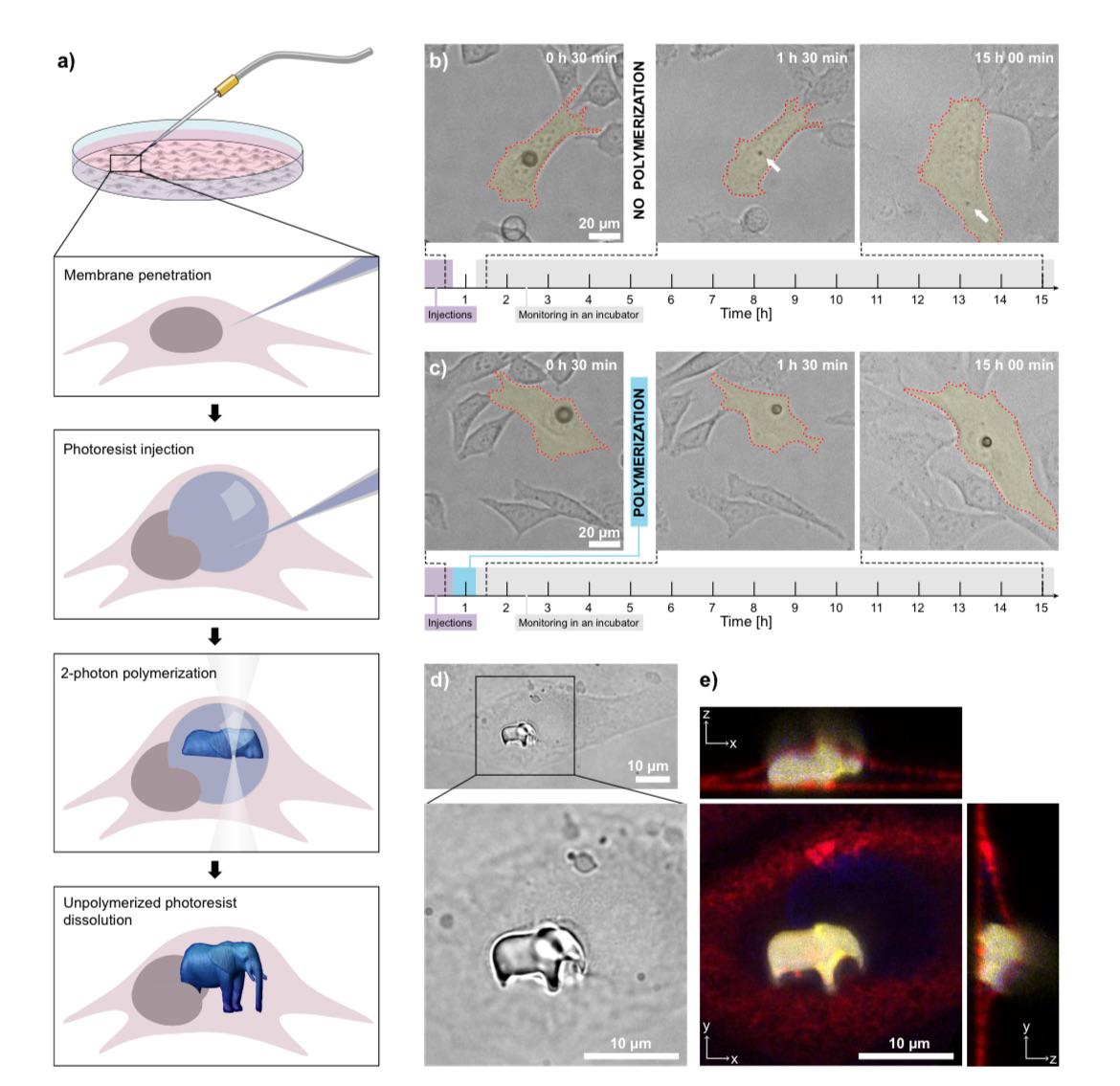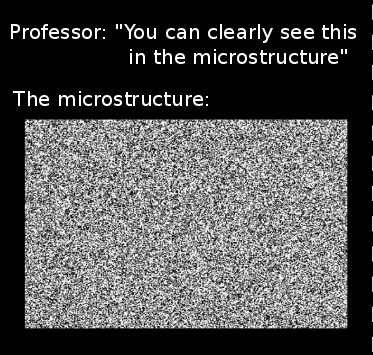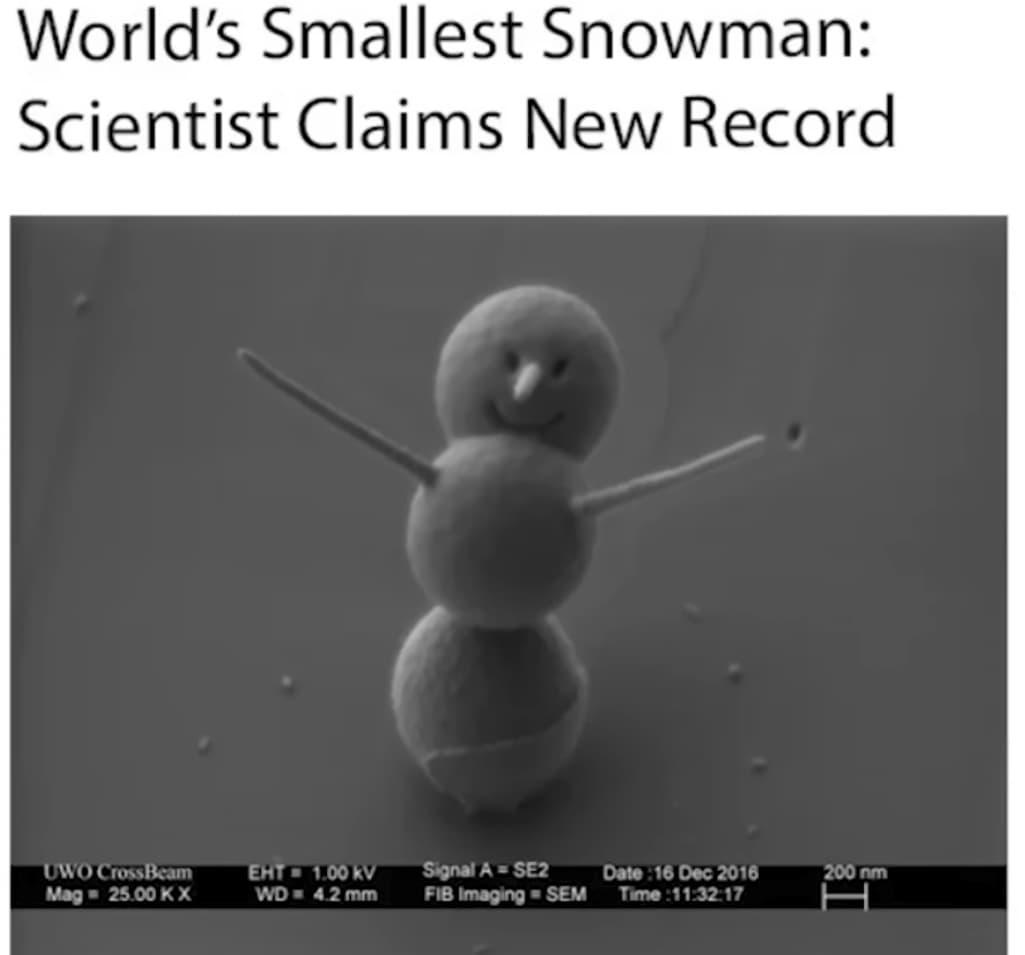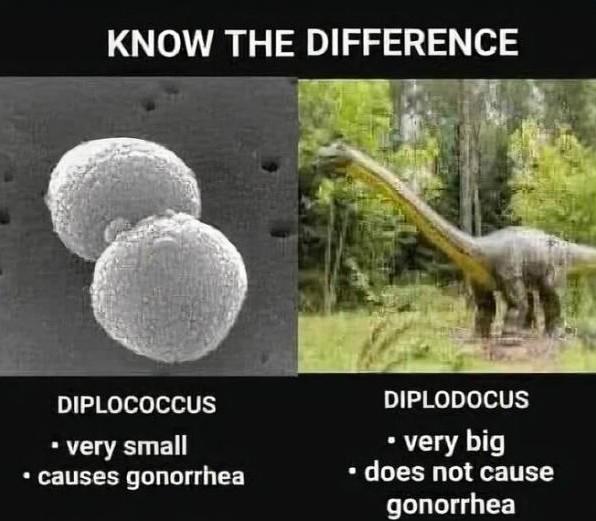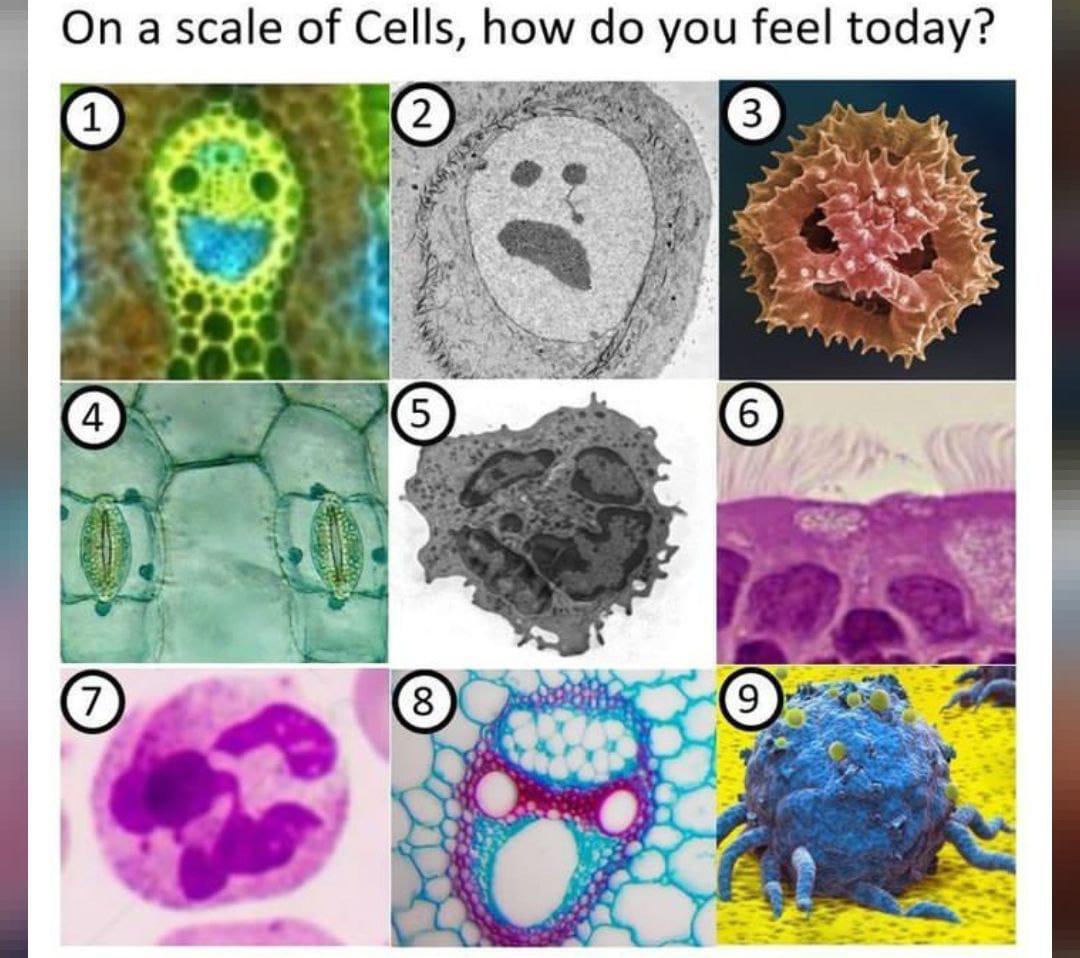The lab coat might hide your shame, but nothing hides those blue hands for the next week! Trypan blue is that sneaky little dye biologists use to stain dead cells, but it's equally effective at staining lab benches, fingers, and dignity. Spill it once and suddenly you're walking around looking like you high-fived a Smurf. The best part? Telling everyone "No, I'm not sad, just careless with vital stains" while secretly wondering if your PI will notice before the next lab meeting. Bonus points if you accidentally touch your face and walk around with a blue nose like some sort of scientifically-accurate Rudolph.


 Academia
Academia
 Ai
Ai
 Astronomy
Astronomy
 Biology
Biology
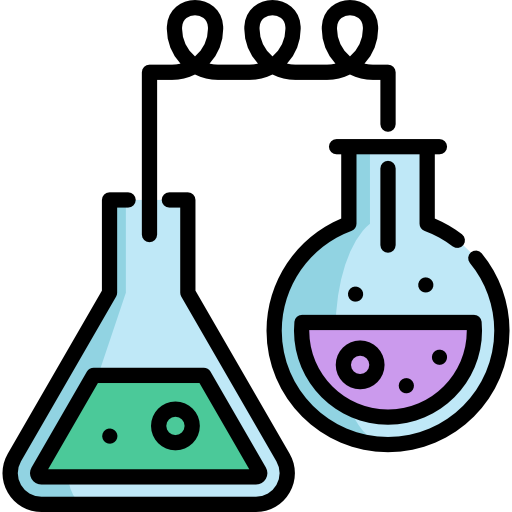 Chemistry
Chemistry
 Climate
Climate
 Conspiracy
Conspiracy
 Earth-science
Earth-science
 Engineering
Engineering
 Evolution
Evolution
 Geology
Geology
